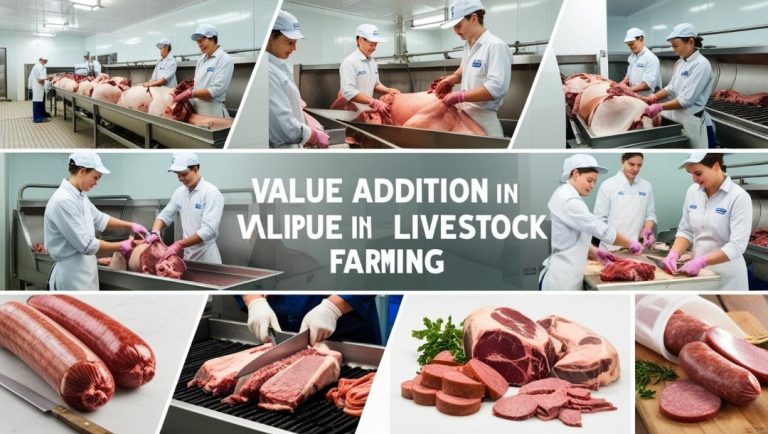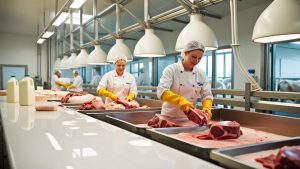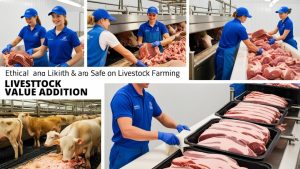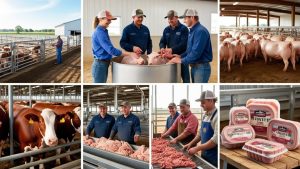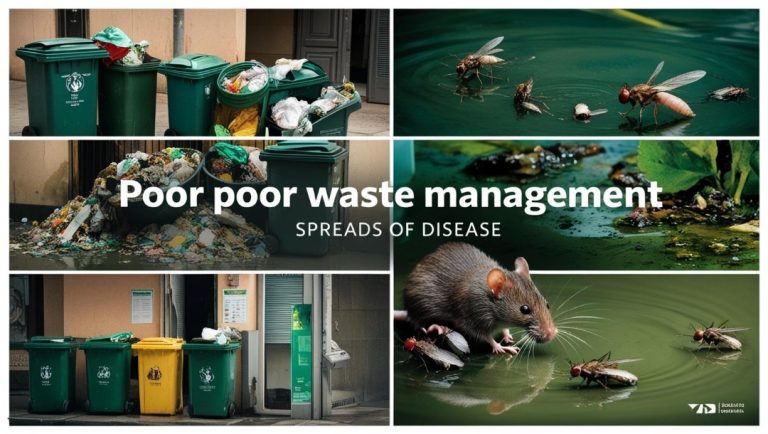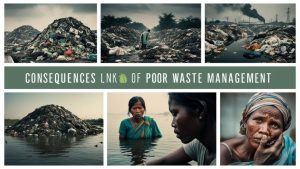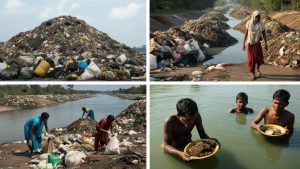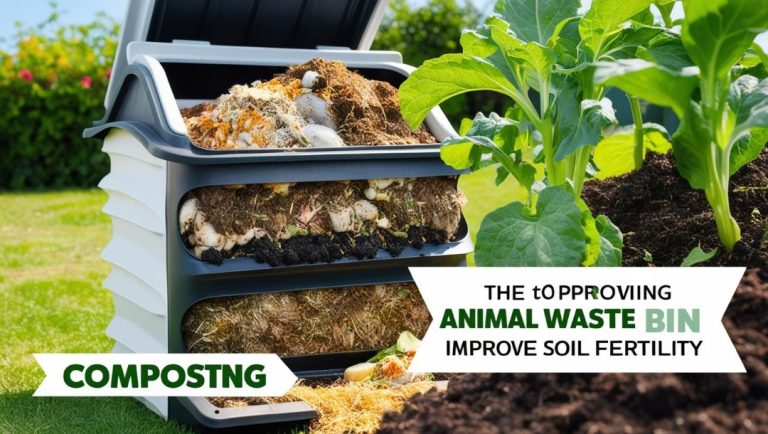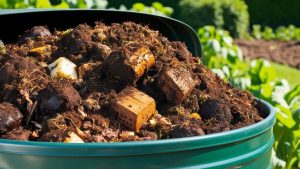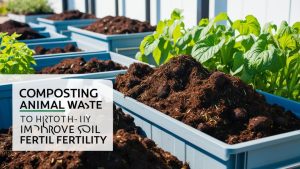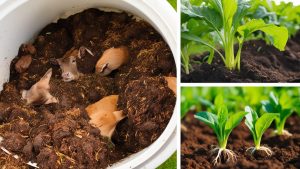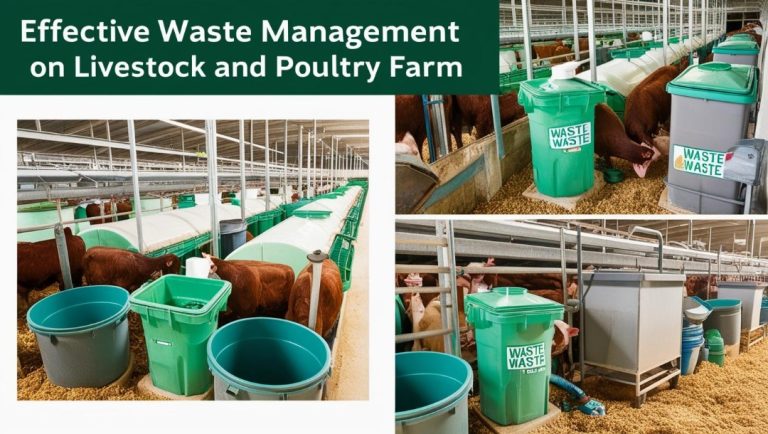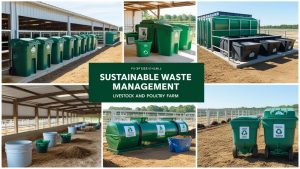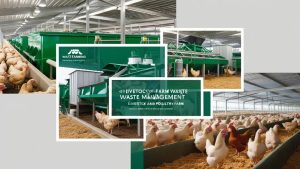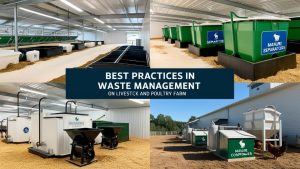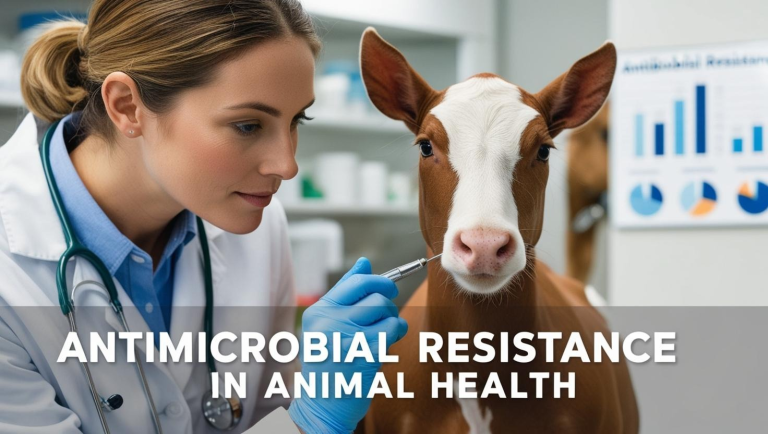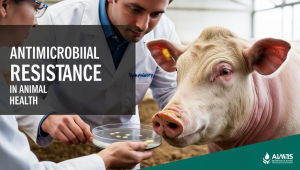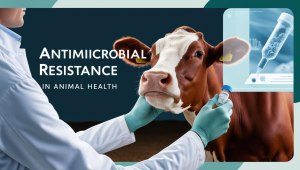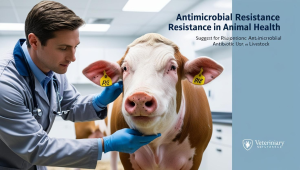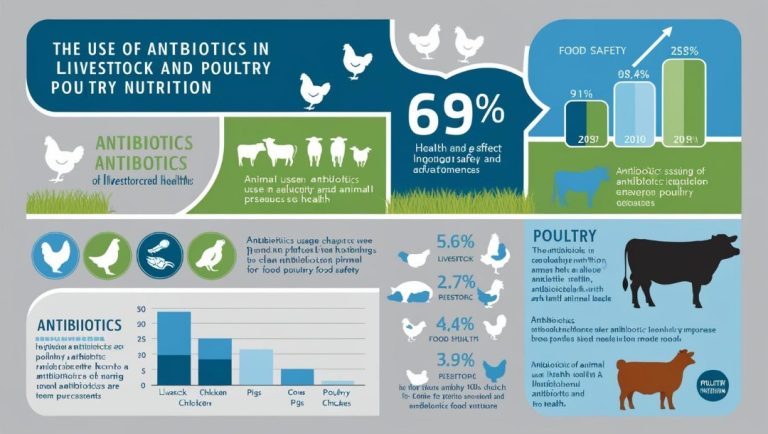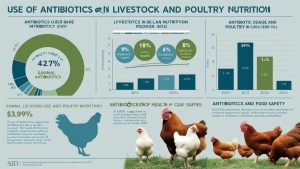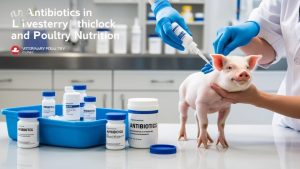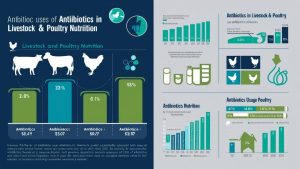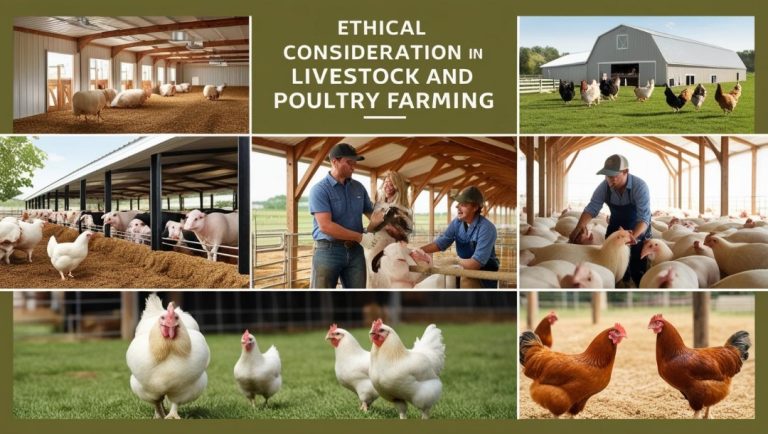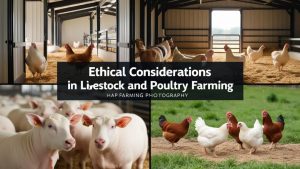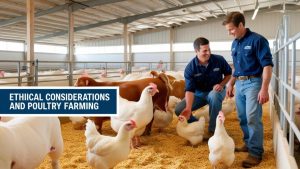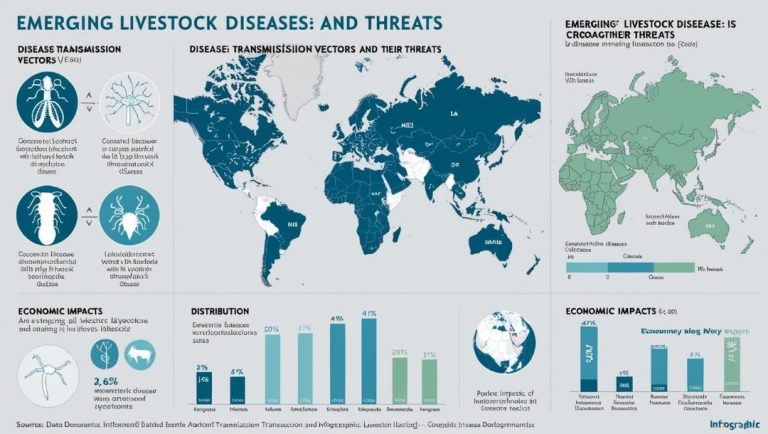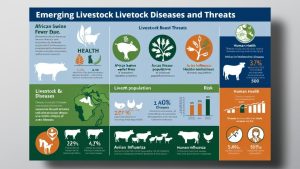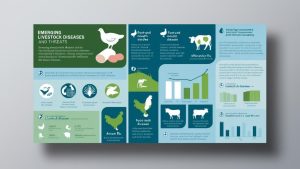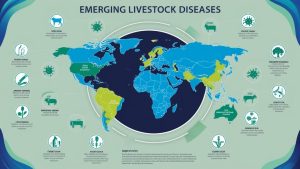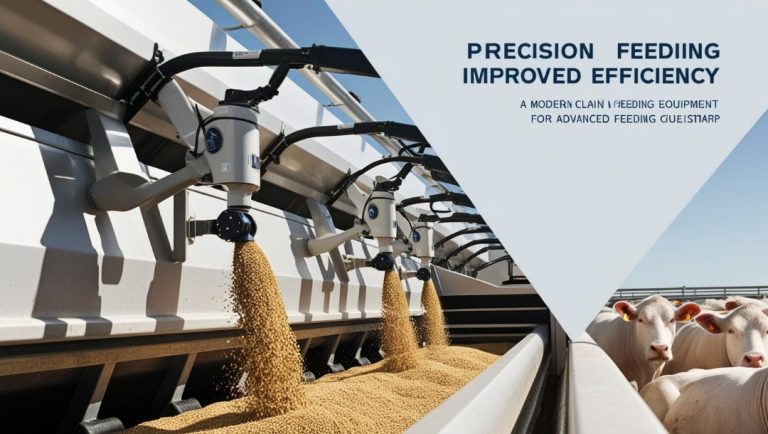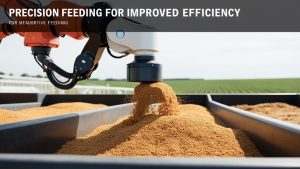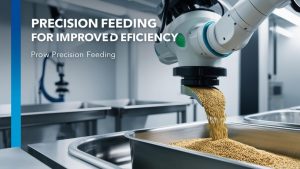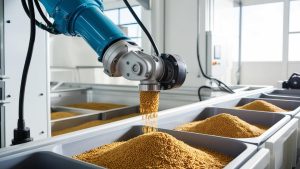Livestock products, including meat, milk, eggs, and their derivatives, serve as essential sources of high-quality protein, vitamins, and minerals in human diets. However, processing can impact the nutritional quality of these products, either enhancing their value or leading to nutrient losses. Understanding how various processing techniques affect the nutritional composition of livestock products is crucial for consumers, nutritionists, and food producers.
This article explores the nutritional attributes of processed livestock products, how different processing methods impact their quality, and strategies to maximize nutritional benefits while ensuring food safety and extended shelf life.
Click HERE to join our WhatsApp group chat
Importance of Nutritional Quality in Processed Livestock Products
a) Role in Human Nutrition
Processed livestock products supply essential proteins, amino acids, and bioavailable micronutrients.
Dairy, eggs, and meat provide crucial vitamins such as B12, D, and A.
Fortified livestock products enhance nutrient intake in deficient populations.
b) Preservation of Nutrients During Processing
Certain processing methods, such as pasteurization and freezing, help retain nutrients.
Proper processing ensures minimal loss of vitamins, minerals, and proteins while improving digestibility.
c) Enhanced Bioavailability of Nutrients
Processing techniques such as fermentation, fortification, and controlled cooking can improve nutrient absorption and utilization in the human body.
Protein digestibility and amino acid bioavailability are enhanced in some processed livestock products.
READ ALSO: Duck Farming for Meat and Egg Production: A Comprehensive Guide
Nutritional Profile of Common Processed Livestock Products

a) Processed Meat Products
i) Fresh vs. Processed Meat
Fresh meat is rich in protein, iron, and essential fatty acids.
Processed meats include cured, smoked, and fermented products like sausages, bacon, and jerky.
ii) Effects of Processing on Meat Nutrition
Curing and Smoking: Can lead to the loss of certain heat-sensitive vitamins, such as thiamine (B1), but enhances shelf life.
Cooking: High temperatures may cause protein denaturation but improve digestibility.
Drying and Fermentation: Reduces moisture and increases the concentration of proteins and minerals.
iii) Nutritional Concerns
Some processed meats contain added sodium, nitrates, and preservatives, which may impact health when consumed excessively.
Leaner meat processing methods, such as steaming or baking, can minimize health risks associated with excessive fat intake.
b) Dairy Processing and Nutritional Impacts
i) Pasteurization and Nutrient Retention
Kills harmful bacteria while preserving essential nutrients.
Minimal loss of heat-sensitive vitamins, such as vitamin C.
ii) Fermented Dairy Products (Cheese, Yogurt, Kefir)
Rich in probiotics, which support gut health and enhance nutrient absorption.
Increases levels of B vitamins due to bacterial fermentation.
iii) Fortified Dairy Products
Many dairy products, including milk and yogurt, are fortified with vitamin D and calcium to enhance bone health.
Fortified dairy helps combat nutritional deficiencies, particularly in populations with limited sun exposure.
c) Processed Egg Products
i) Nutritional Stability of Processed Eggs
Pasteurized liquid eggs: Retain most of the nutritional value of fresh eggs.
Powdered eggs: Lose some heat-sensitive nutrients but remain a concentrated protein source.
Pickled or preserved eggs: Retain protein but may have added sodium.
ii) Omega-3 Enriched Eggs
Produced by feeding hens diets rich in flaxseed or fish oil.
Enriched eggs provide higher levels of omega-3 fatty acids beneficial for heart and brain health.
READ ALSO: Calcium and Other Nutrients for Egg-Laying Hens
d) Bone Broth and Animal By-Products
Rich in collagen, calcium, phosphorus, and other minerals.
Slow cooking methods enhance mineral bioavailability.
Often used for joint health and gut support due to gelatin content.
Health Benefits of Nutritionally Enhanced Processed Livestock Products
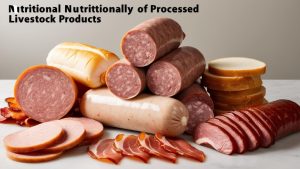
a) Role in Muscle Growth and Repair
Processed livestock products, especially protein-rich options like meat and dairy, support muscle synthesis and recovery.
High-quality protein sources contribute to optimal muscle development and maintenance.
b) Support for Bone Health
Dairy products enriched with calcium and vitamin D help maintain strong bones and prevent osteoporosis.
Fortified livestock products provide essential micronutrients for skeletal strength.
c) Contribution to Heart Health
Omega-3 enriched eggs and lean processed meats can support cardiovascular health.
Reducing sodium content in processed livestock products can help lower hypertension risk.
d) Enhancement of Gut Health
Fermented dairy products provide probiotics that improve digestion and nutrient absorption.
Properly processed meats can offer better digestibility compared to raw alternatives.
Challenges and Concerns in Processed Livestock Nutrition

a) Nutrient Losses During Processing
Heat-sensitive vitamins (e.g., vitamin C and some B vitamins) can degrade during prolonged processing.
Protein denaturation may affect digestibility in overcooked meat products.
READ ALSO: Swine Production: Best Practices for Profitability
b) Use of Additives and Preservatives
Some processed meats contain preservatives like nitrates, which may pose health risks in excessive amounts.
High sodium levels in processed products can contribute to cardiovascular diseases.
c) Misconceptions About Processed Livestock Products
Many believe all processed meats are unhealthy, but minimally processed options (e.g., grilled lean meat, fermented dairy) provide nutritional benefits.
Not all additives are harmful; some, like ascorbic acid (vitamin C), are used to preserve nutrient quality.
Strategies to Improve Nutritional Quality in Processed Livestock Products
a) Adopting Healthier Processing Techniques
Using steaming, baking, or low-temperature drying to retain nutrients.
Limiting excessive frying or overcooking to preserve protein integrity.
b) Fortification of Livestock Products
Adding essential micronutrients like iron, vitamin D, and calcium to processed dairy, eggs, and meat.
Fortifying animal feed to enhance the nutritional composition of derived products.
c) Reducing Unhealthy Additives
Lowering sodium and eliminating artificial preservatives in processed meats.
Using natural antioxidants (e.g., rosemary extract) to preserve quality without synthetic chemicals.
d) Encouraging Consumer Awareness and Education
Promoting balanced consumption of processed livestock products.
Informing consumers about reading nutrition labels to make healthier choices.
Conclusion
The nutritional quality of processed livestock products is influenced by the methods used in processing, fortification, and preservation. While some processing methods may lead to minor nutrient losses, many techniques enhance nutrient bioavailability, safety, and shelf life. Consumers can benefit from choosing minimally processed and fortified livestock products while being mindful of additives and preservatives. Continuous advancements in food technology and nutrition research will further improve the health benefits and sustainability of processed livestock products.
READ ALSO: Alternative Feed Resources for Cost Reduction
The rising cost of conventional animal feed has become a significant challenge for livestock and poultry farmers worldwide. Feed expenses account for a substantial portion of total production costs, making it essential to explore alternative feed resources to maintain profitability and sustainability. Alternative feeds, derived from agricultural by-products, unconventional plants, and food industry waste, offer cost-effective and nutritionally viable options for livestock and poultry…
READ ALSO: Emerging Livestock Diseases and Their Threats…
Livestock production plays a crucial role in global food security, economic development, and rural livelihoods. However, emerging livestock diseases pose significant threats to animal health, farm productivity, and public health. These diseases can be caused by newly identified pathogens, mutations of existing pathogens, or the spread of diseases to new regions due to climate change, trade, and globalization. Effective surveillance, early detection, and proactive control measures are essential to mitigate their impact…
Click HERE to join our WhatsApp group chat


